Transport for London fares set to rise by 4.8 per cent
Public transport fares in London on services provided by Transport for London look set to rise by 4.8 per cent after inflation figures were revealed today.
Fare changes in January are based on inflation in August the preceding year. The latest increase is part of the agreement between central Government and TfL.
In a move which appears designed to price people off public transport and encourage traffic congestion, the highest level of inflation is chosen upon which to base fares (Retail Price Index at 3.8 per cent in this case rather than, say, the Consumer Price Index at 2.1 per cent), then an additional 1 per cent above inflation is added to reach the total.
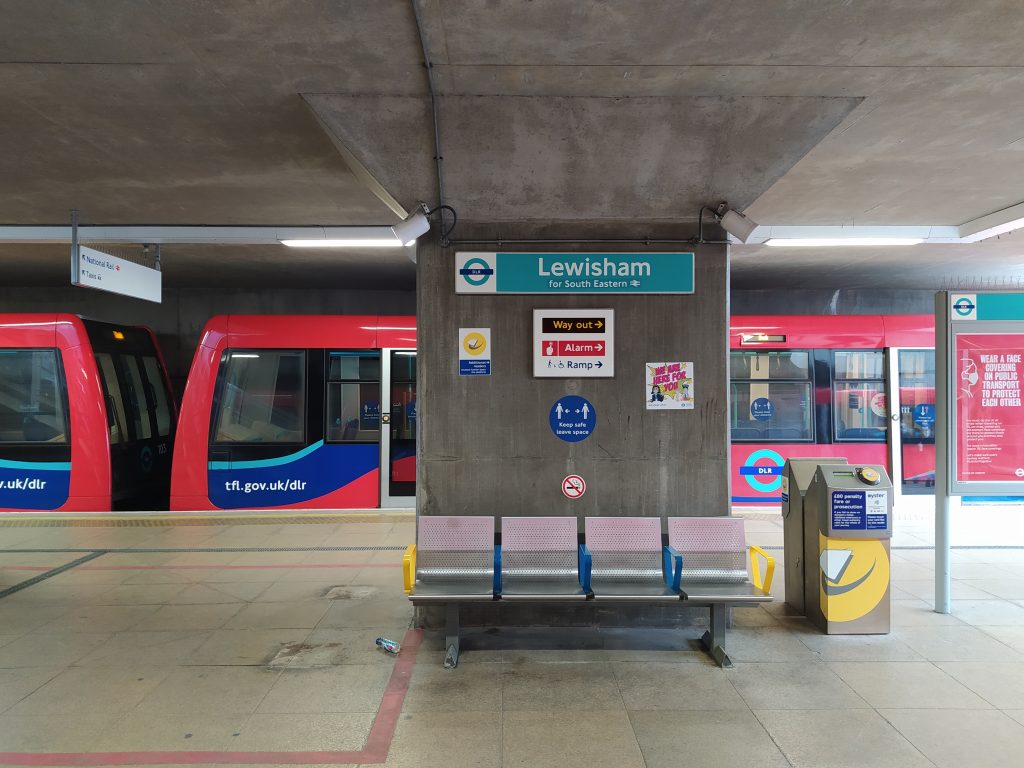
The total of RPI+1 per cent is also applied to rail fares not controlled by TfL.
However Southeastern passengers long saw fares of RPI+3 per cent, with Labour’s 2006 franchise award specifying that increase. That was put down to HS1 and “power supply, stations, depots and infrastructure”, none of which really benefitted Metro services, which is why there has been a shortage of places to store trains for so long while existing stock saw little investment.
It’s why when trans are arriving now from South West Railway, other stock is being sent away due to a lack of space ensuring no net increase in carriages.
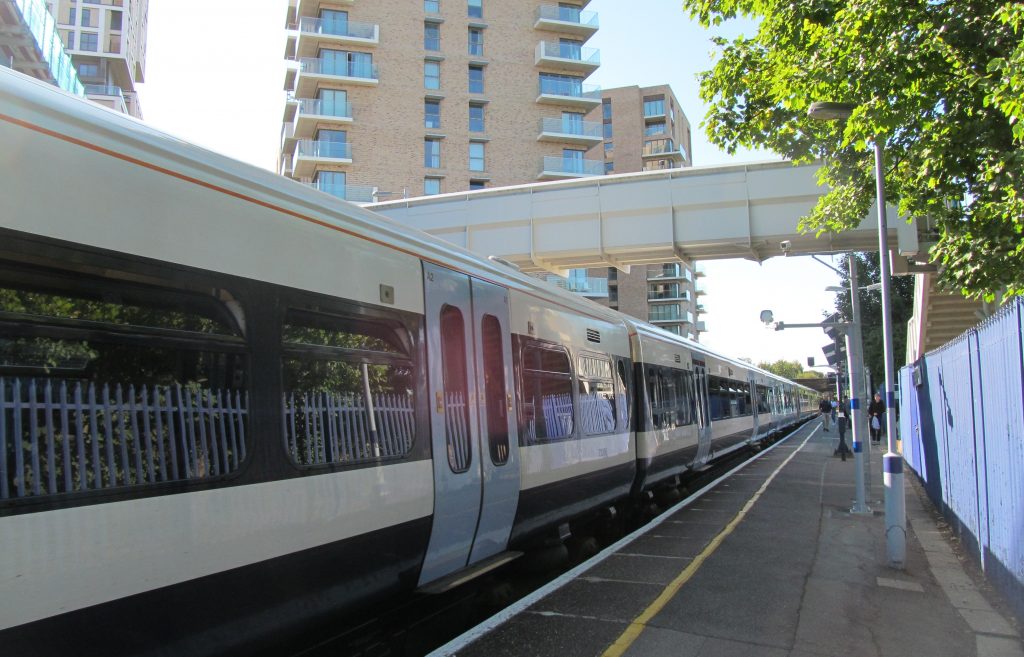
Even if passenger numbers do recover quickly, the strategy seems to be to price people off in effect justifying cuts in future – which isn’t the best idea when thousands of homes are being built near many stations and roads are congested.
That RPI+3 per cent annual increase was reduced by the coalition, but not on Oyster pay as you go fares that use the National Rail system, so in effect many routes were still rising 5-10% each year for much of the past decade.
All this continues to increase fares across the board, which does little to encourage people to ditch cars. On the one hand the DfT states it seeks to encourage public transport, then does its best to price people off.
Running a site alone takes time and a fair bit of money. Adverts are far from enough to cover it and my living costs as a private renter.
You can support me including via Paypal here Another option is via Patreon by clicking here You can also buy me a beer/coffee at Ko-fi here There's also a Facebook page for the site here Many thanks
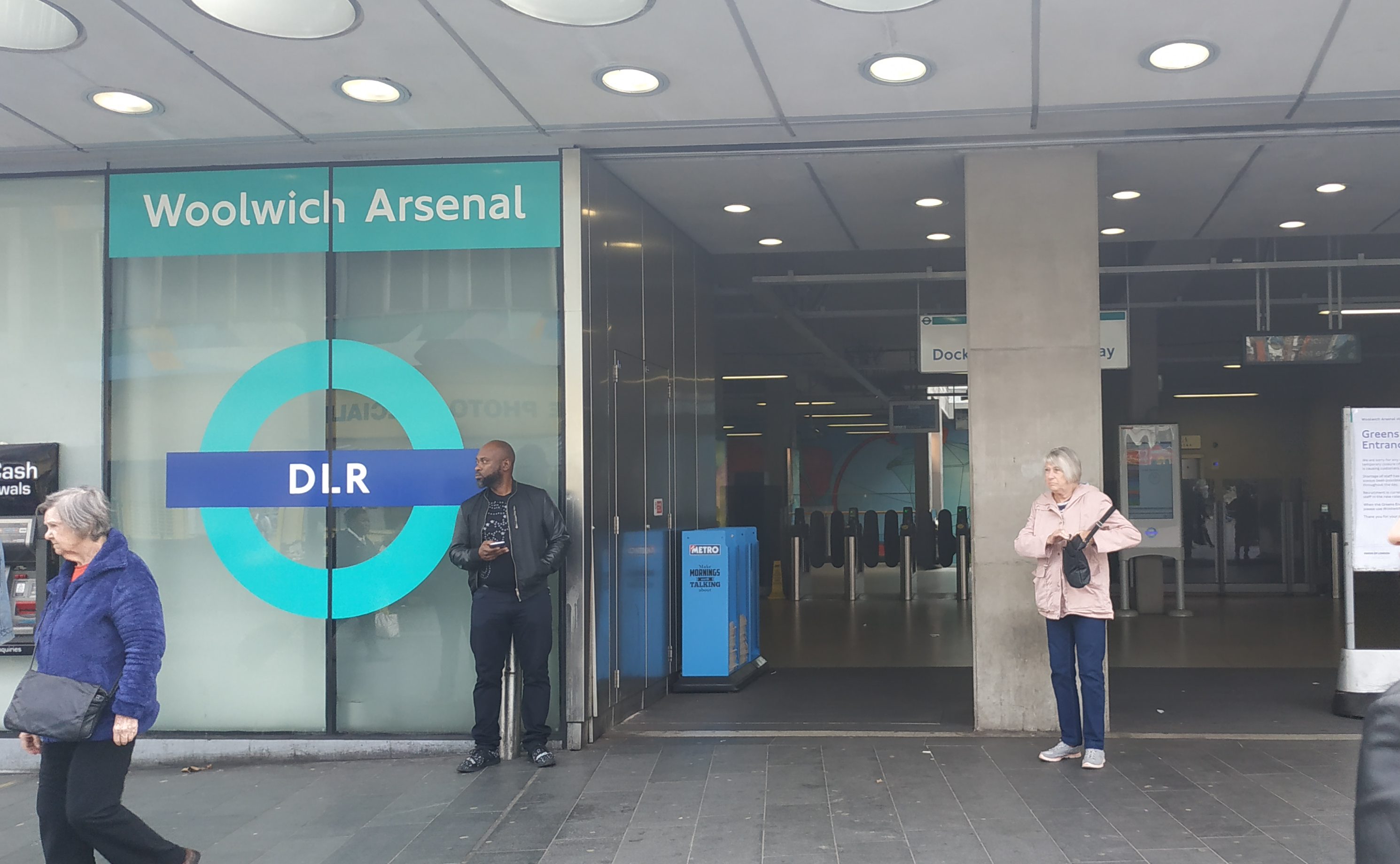
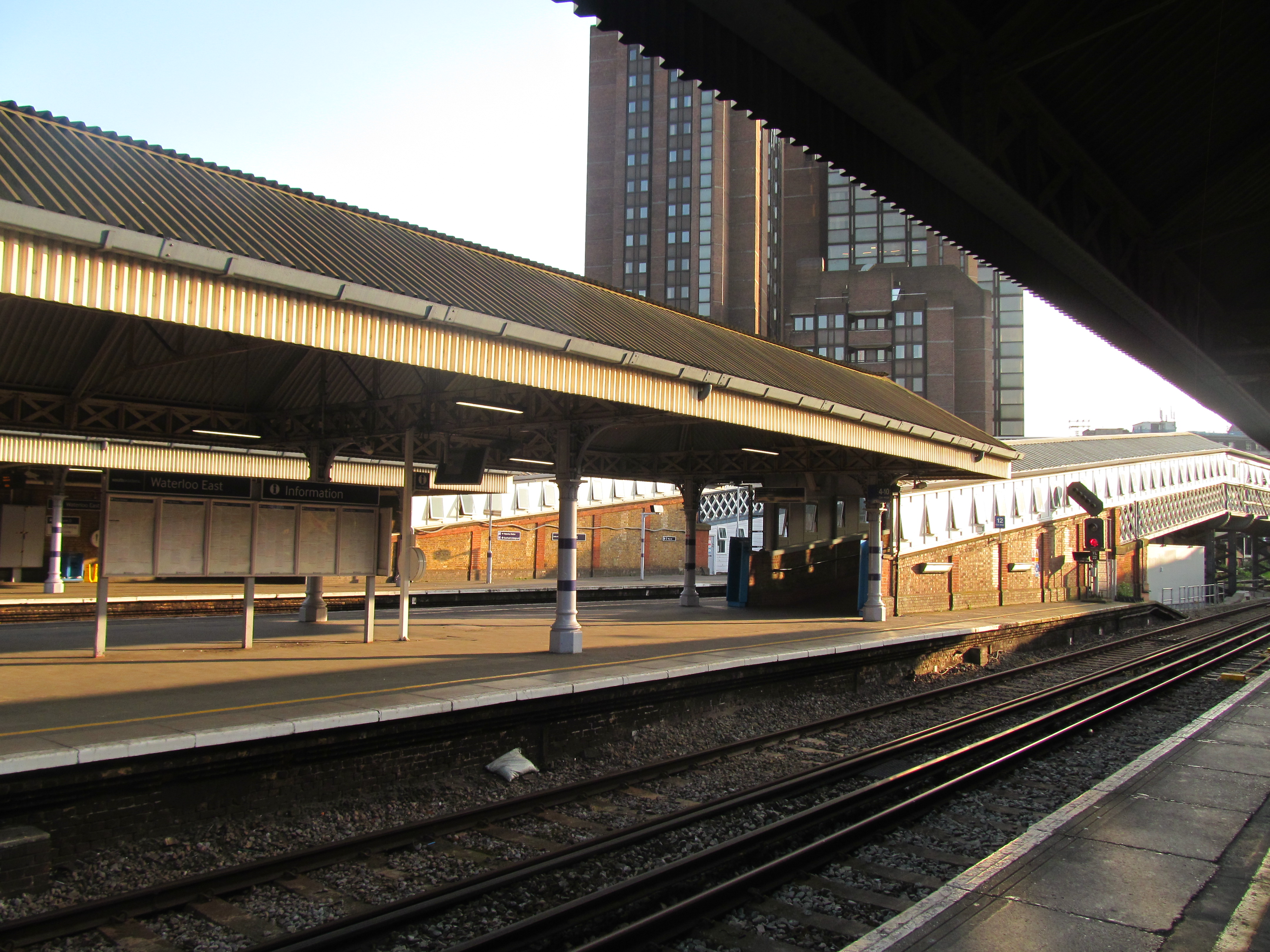
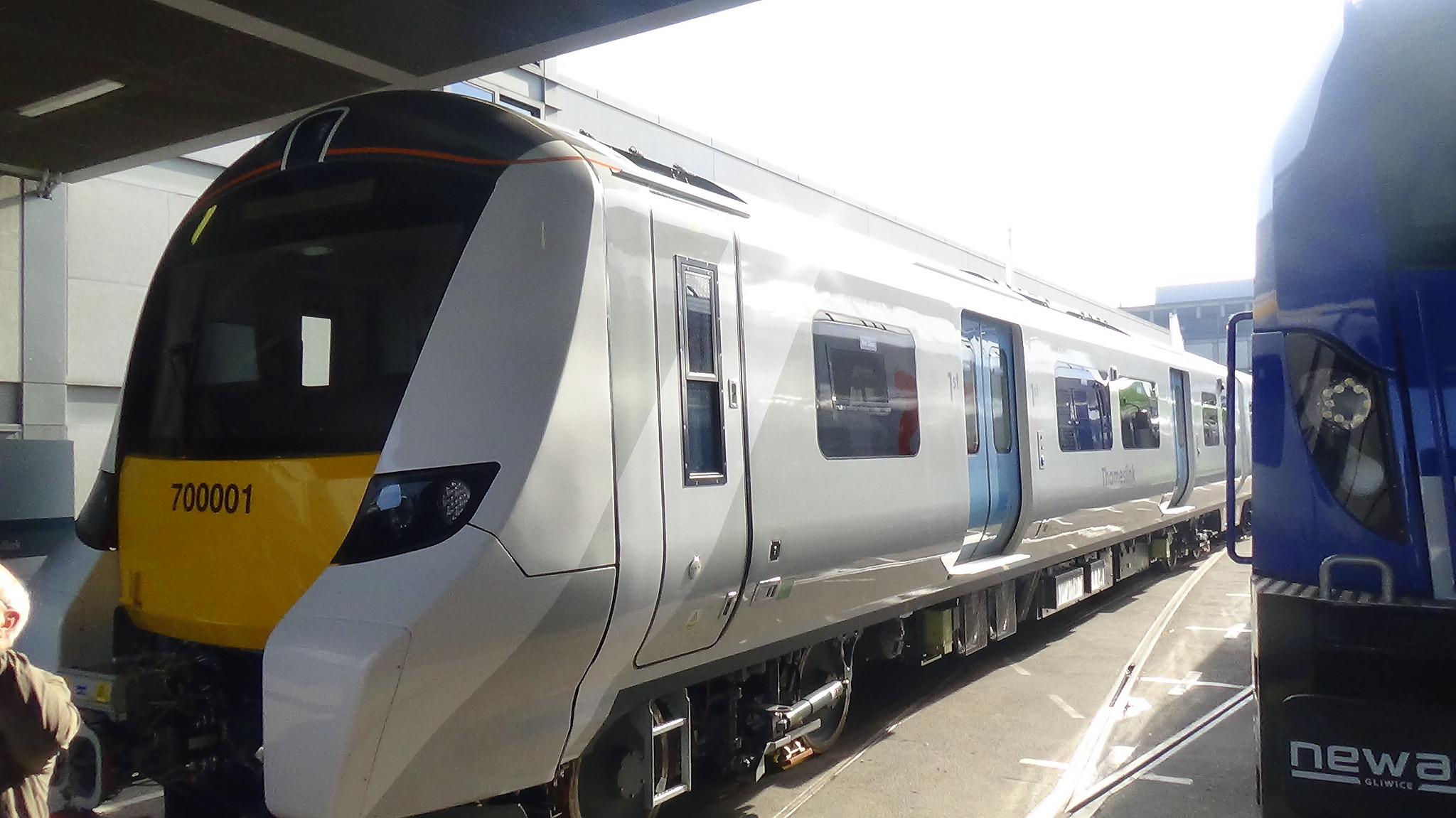
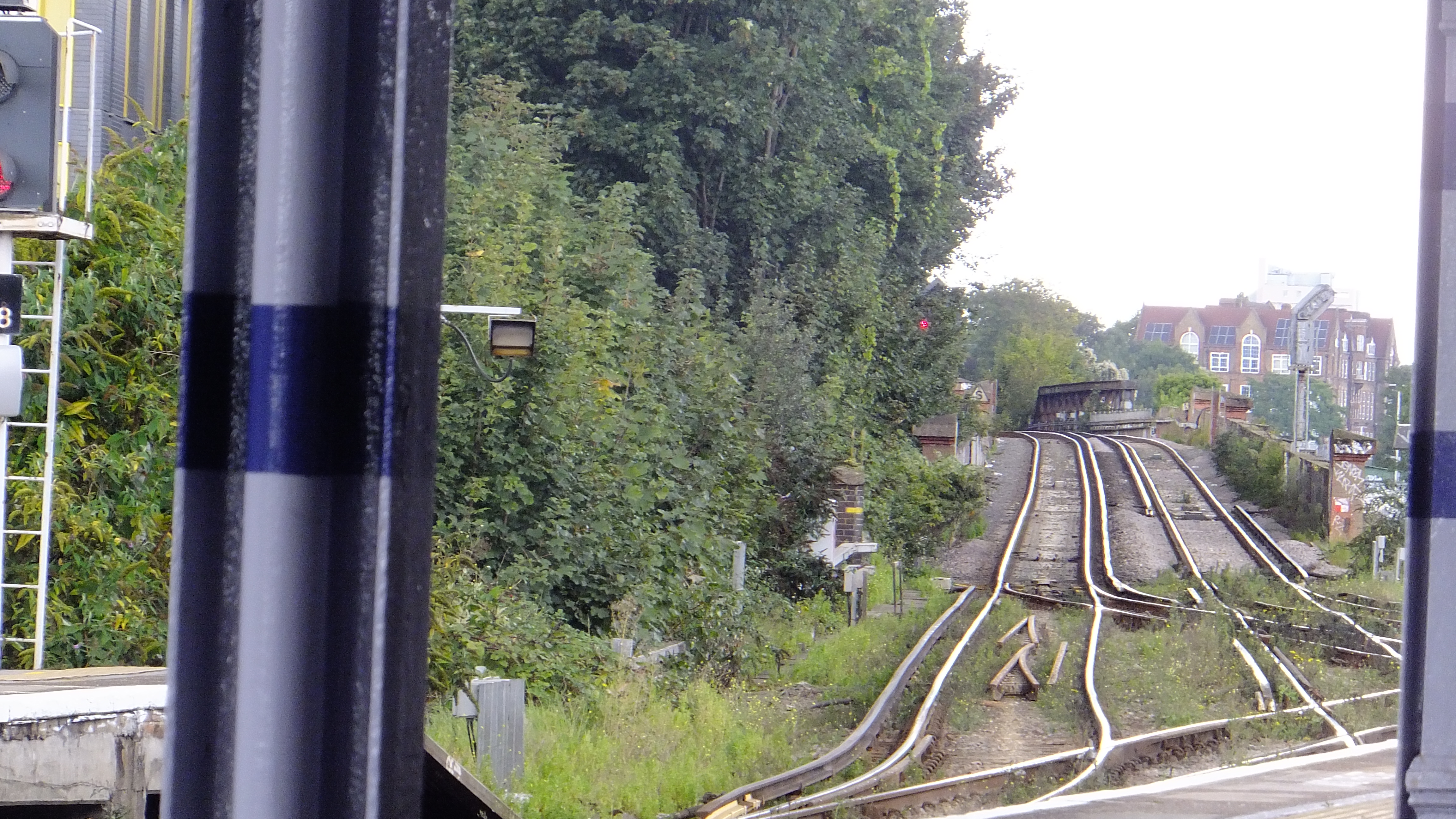

Disgraceful that fares keep rising. How are those with the minimum wage keep up? With inflation rates rising yearly, rent yet the government turns a blind eye. Why cannot tfl implement a flate fair rate like most countries in Europe?.
i remember back in the 1970’s or may be early 1980’s a Fares Fare policy was introduced in London.
Where you paid one flat fare which at the time was 70p whether you rode on the bus for one stop or the whole route. Buses used to be really busy all the time.The scheme was really worked.
Sadly TFL loses a lot of fare revenue to fare evasion every year which cost TFL millions of pinds each year. This was a on going problem prior to the pandemic for TFL and sadly will be again for then as we return to normal.
But Aline a flat fare for travel in London I am sure would work well as was proven to work previously.
*** Sorry i meant to type the flat fare scheme was really successful and worked well.***
*** TFL loses millions of pounds to fare evasion each year ***